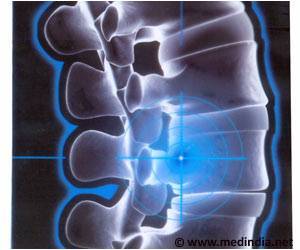Brain and spinal cord injuries among hockey players have been increasing over the past 15 years and are often the result of aggressive bodychecking.

"We found that interventions based on rule changes showed the greatest likelihood of making ice hockey safer for youth," writes Dr. Michael Cusimano, Division of Neurosurgery and the Injury Prevention Research Office, St. Michael's Hospital and the University of Toronto, Toronto, Ontario, with coauthors.
In players aged 9 years, brain injuries account for 15% of all injuries.
"Hostile aggressive acts…were the primary cause of injury in one-third of games in which an injury resulted. Among high school students in Minnesota who played varsity ice hockey, those who played to relieve aggression were 4 times more likely than other players to experience a concussion," write the authors. "These findings highlight the association between aggressive behaviour and injury in ice hockey."
For the CMAJ study, researchers looked at 18 articles that studied interventions aimed at reducing aggressive behaviour in ice hockey. The majority of studies (13) included minor hockey players under age 18. Thirteen studies were conducted in Canada, 4 in the United States and 1 in both countries. Nine studies examined the effectiveness of bodychecking rules and saw fewer penalties, injuries or both, with a decrease of 1.2.9 penalties per game and a 3 fold reduction in injuries. Several studies looking at fair-play programs, educational programs and behavioural modification to reduce injuries indicated fewer penalties. However, the research is inconclusive on whether these types of interventions reduce injury rates.
"Rule changes essentially alter the culture of a sport and clearly define acceptable behaviour for all stakeholders (players, coaches, parents and officials) simultaneously," state the authors.
Advertisement
"Strategies that combine such approaches hold promise and should be the topic of future research."
Advertisement













